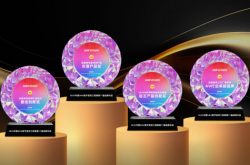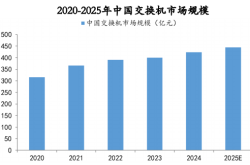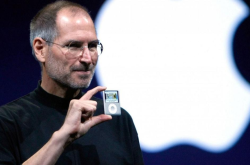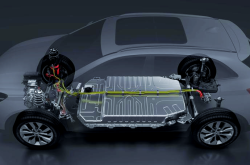Rising First, Falling Later: Tesla Navigates the Auto Market with Strategic Pricing
![]() 08/14 2025
08/14 2025
![]() 461
461
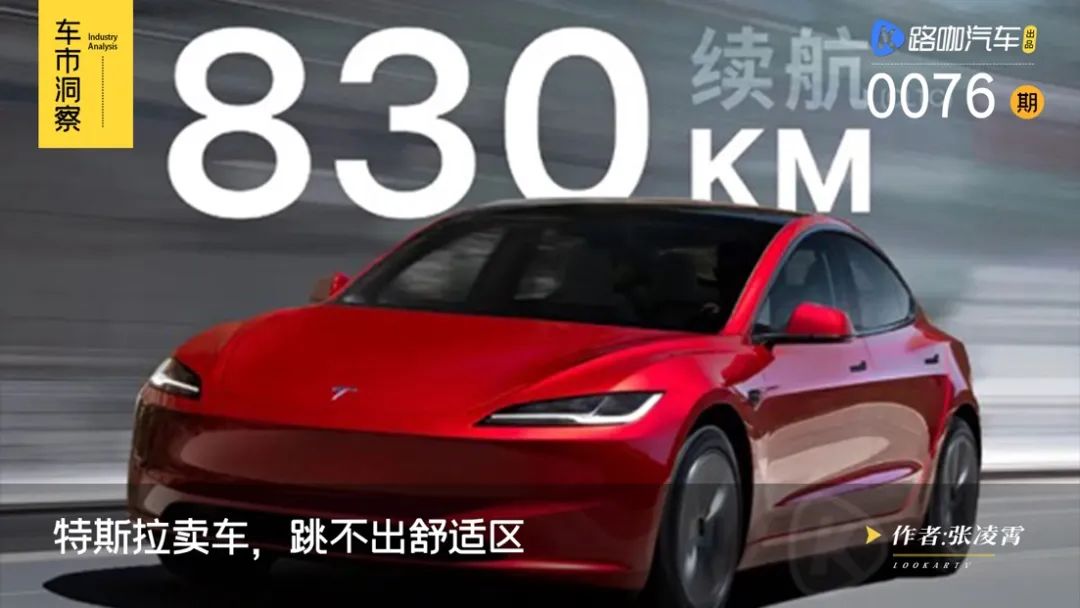
After Xiaomi's SU7 surpassed Tesla's Model 3 in sales during the first half of the year, Tesla is redefining its cost-effectiveness.
The Model 3 Long Range Rear-Wheel Drive variant is now available, featuring a rear single motor capable of reaching 200km/h, equipped with a 78.4kWh battery pack, and offering a CLTC range of 830km, priced at RMB 269,500. In essence, it provides 200km more range than the Standard Range Rear-Wheel Drive version, accelerates 1 second faster, and costs RMB 34,000 more. Compared to the Long Range All-Wheel Drive version, it has one less motor, 80km more range, and is RMB 16,000 cheaper.
If this were five years ago, RMB 269,500 wouldn't even secure the Standard Range Rear-Wheel Drive version. Nowadays, Tesla not only maximizes range but also offers a 5-year interest-free benefit.
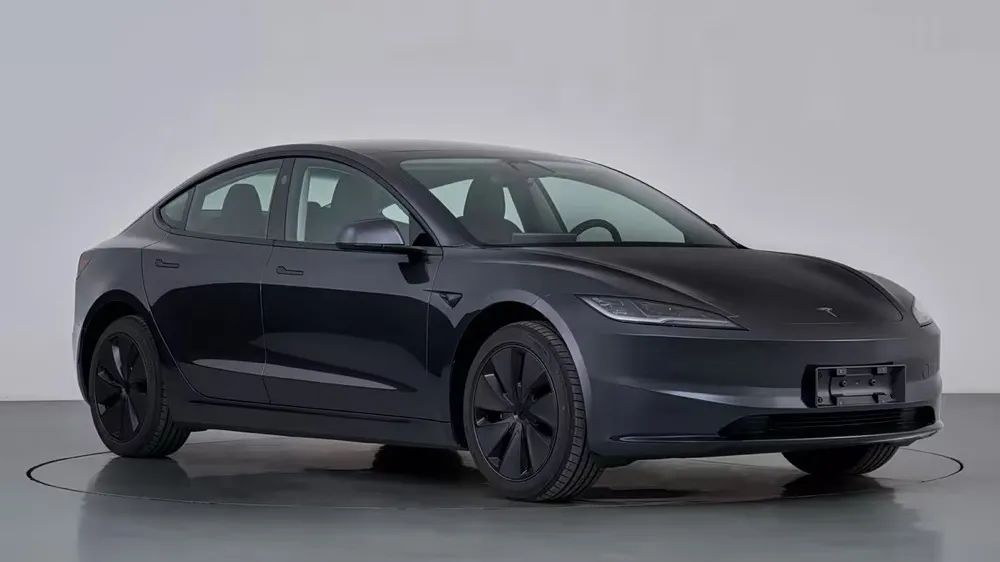
Even though it boasts the longest range in its class, many netizens remain skeptical, questioning Tesla's sincerity. "Compared to the Long Range All-Wheel Drive version, this one offers the best value." However, Tesla hasn't overlooked this calculation and may have already prepared a "surprise."
At RMB 269,500, is there still room for a price reduction?
Examining the Model 3's pricing strategy, the Long Range Rear-Wheel Drive version differs from the Standard Range Rear-Wheel Drive by RMB 34,000. Besides range and acceleration, neither version includes a premium audio system. On the other hand, the Performance All-Wheel Drive version boasts one more motor than the Long Range Rear-Wheel Drive, along with a premium audio system and suede interior, yet the price difference is only RMB 16,000. With just an 80km range difference, the Performance All-Wheel Drive version appears more cost-effective.
In other words, the newly launched Model 3 Long Range Rear-Wheel Drive version has a significant price difference from the entry-level version but a small gap with the All-Wheel Drive version, hinting at potential future price reductions. This strategy of first raising prices and then offering subsidies is a familiar tactic for Tesla.
For instance, in October 2023, Model Y and Model 3 officially announced price increases ranging from RMB 2,000 to RMB 14,000. Immediately afterward, Tesla offered an RMB 8,000 insurance subsidy and introduced low-interest loan incentives, playing a game of "officially raising prices while secretly lowering them."
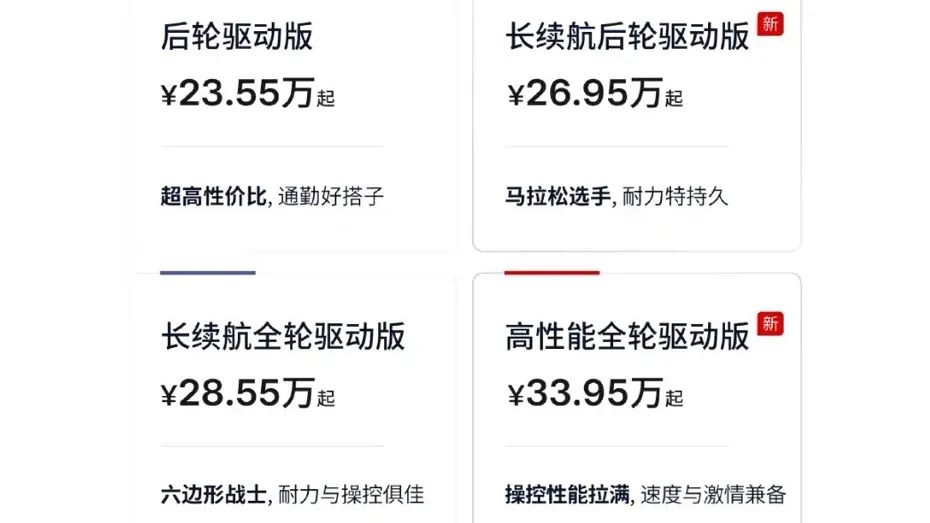
We estimate that the Model 3 Long Range Rear-Wheel Drive version has probably reserved a price reduction space of RMB 10,000 to RMB 20,000. Additionally, Tesla has upgraded the range of the Performance All-Wheel Drive version, now offering a CLTC range of 647km (previously 623km).
In the domestic market, a new pure electric vehicle priced above RMB 200,000 without at least a 700km range is considered an "alternative." Both new forces and Tesla understand this principle. Besides the new 830km range Model 3, the large six-seater SUV Model YL has also appeared on the Ministry of Industry and Information Technology's new vehicle catalog, with a declared CLTC range of 751km and an 82kWh battery pack.
After years of dominance, facing the onslaught of domestic new energy vehicles, Tesla must rethink its product competitiveness. Its most direct competitor, Xiaomi's SU7, introduced products with a range of over 600km across its entire lineup a year ago. For Tesla, enhancing range is the easiest adjustment to make.
Take the refreshed Model Y released earlier this year as an example; the rear-wheel-drive and all-wheel-drive versions offer 39km and 31km more range than their predecessors, respectively, without a significant increase in battery capacity. Tesla achieves range enhancements through technological optimization rather than simply stacking batteries. This is evident in the curb weight. Even Lei Jun, who has "challenged Tesla" at various launches, admits that Tesla leads in electric control technology.
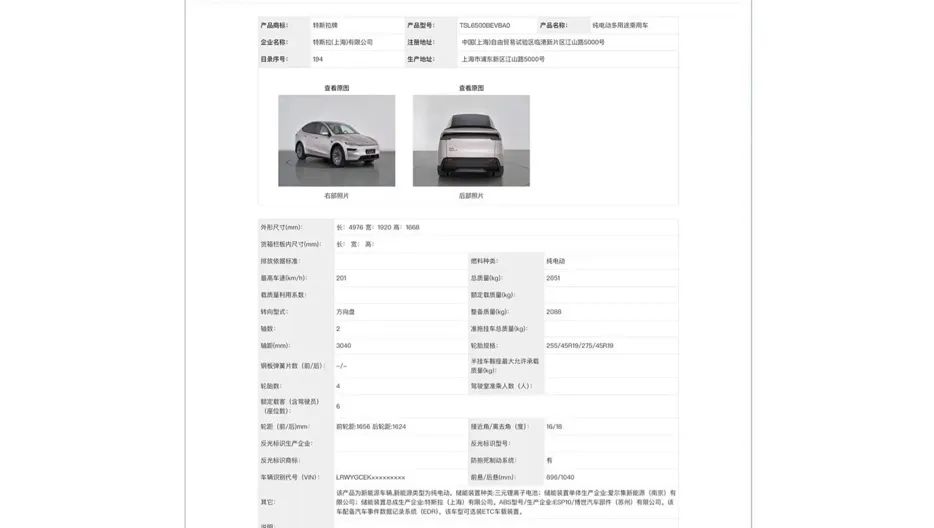
The same principle applies to the Model 3 Long Range Rear-Wheel Drive version and the Model YL, with the former achieving an 830km range with a 78.4kWh battery and the latter a 751km range with an 82kWh battery. In comparison, the upcoming all-new XPeng P7, set to launch at the end of the month, achieves an 820km range with a 92.2kWh battery, while the Lixiang i8 reaches 720km with a 98kWh battery.
By eliminating the need to stack batteries, Tesla maximizes its strengths in handling and energy consumption. Moreover, the reliability of Tesla's battery, motor, and electronic control system has been thoroughly verified. Precisely because of its technological moat, Tesla doesn't have to worry about sales despite criticism of its "spartan interior." This isn't fundamentally different from Lixiang's reliance on its top-notch product definition or NIO's distinction with its battery swapping system.
How much impact will Tesla's future hinge on price reductions and FSD?
Tesla's technological moat is deepening, but the Chinese market's consumption environment is evolving.
Tesla's advantages in battery, motor, electronic control, lightweighting, and energy consumption have been surpassed by domestic brands, which now offer consumers higher configurations, lower prices, and even more cost-effective assisted driving. Even Tesla's once-prized brand appeal has been cracked by Huawei and Xiaomi.
In the past second quarter, Tesla delivered its worst quarterly report in recent years, with year-on-year revenue declines expanding from 9% in the first quarter to 12%, the largest single-quarter decline since 2012. New vehicle deliveries totaled 384,100 units, a year-on-year decrease of 14%.
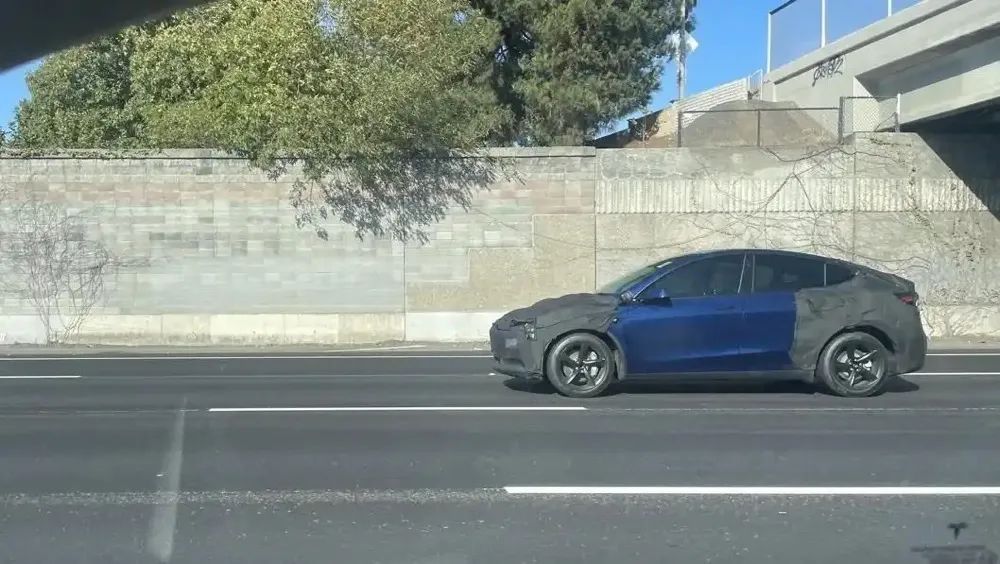
To address waning consumer demand, Musk's solution is to launch a cheaper version of the Model Y priced around RMB 170,000 and the Model YL, potentially RMB 100,000 more expensive than the Model Y Long Range version, to bridge the gap between the Model Y and Model X.
Simultaneously, Tesla is aggressively cost-cutting and enhancing efficiency. On the manufacturing front, Tao Lin, Tesla's global vice president, stated that the battery materials recovered in 2024 alone are sufficient to manufacture batteries for 21,000 Model Y Rear-Wheel Drive versions.
Furthermore, it was recently revealed that Tesla has halted self-development of the Dojo3 supercomputing chip and will instead focus on developing logical reasoning chips, including AI5 and AI6, to reduce the cost of FSD or autonomous driving. However, the more effectively Tesla employs the cost card, the harder it becomes to escape its comfort zone of cost reduction.
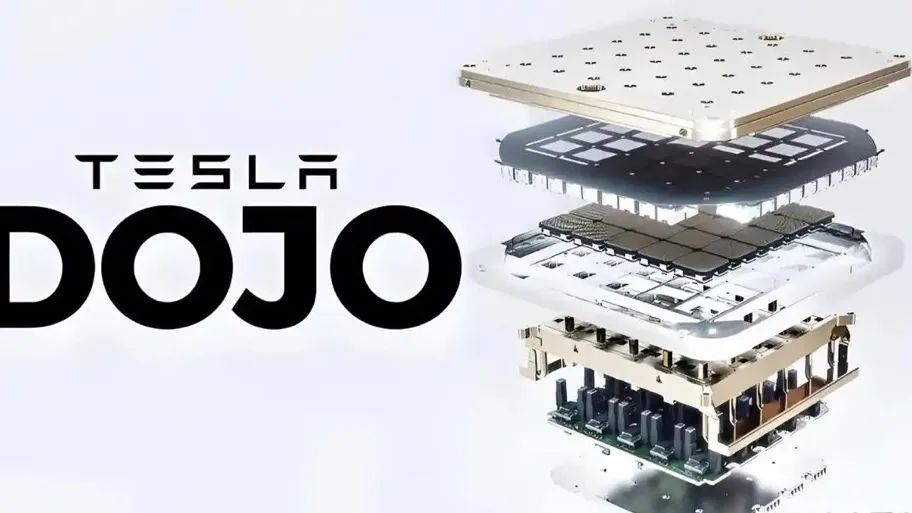
A 200km range improvement has led to a price increase of over RMB 20,000. The sincerity of the RMB 269,500 Model 3 Long Range Rear-Wheel Drive version will depend on consumers' real feedback. However, as mentioned, Tesla has left room for subsequent price reductions, similar to the interest-free policy, strategically released to stimulate sales.
As new vehicles enter the market, the Chinese auto industry is transitioning from L2 to L3 autonomous driving. With the launch of Huawei's Kunlun ADS4, commercial solutions for L3 autonomous driving have entered a competitive phase. Intelligent driving is reshaping the market, with the gap between leaders and followers widening.
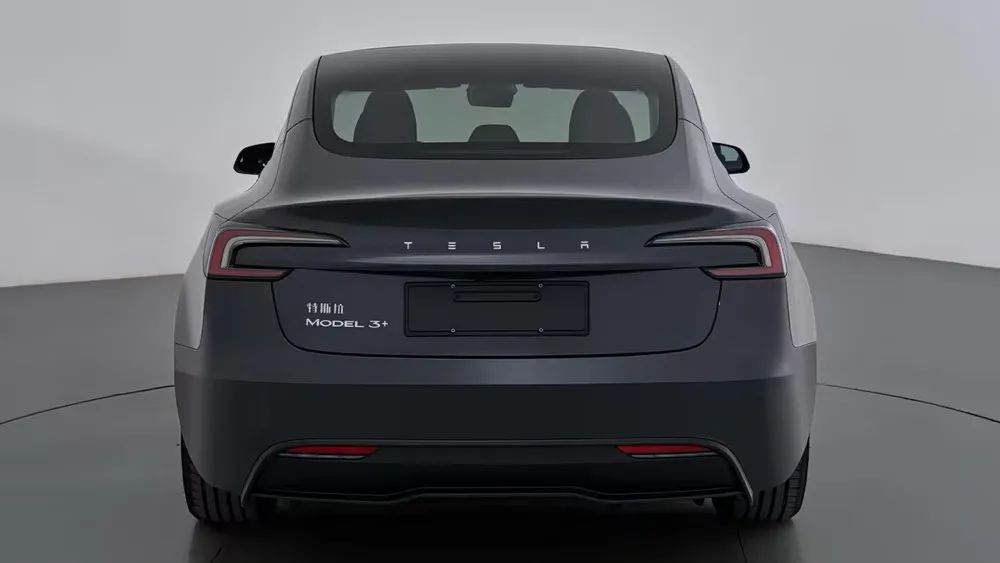
In a recent buzzworthy assisted driving test, Tesla's performance across various aspects significantly increased potential consumers' interest in FSD. On social media, clips of users smoothly operating FSD have been widely shared. As Tesla's moat in battery, motor, and electronic control is surpassed by Chinese brands, FSD is not only a critical asset for Tesla but also vital for enhancing the consumer experience. However, the widespread promotion of FSD in China mainly hinges on policies and regulations. Until then, Tesla may find it challenging to escape its comfort zone of selling cars through price adjustments.

